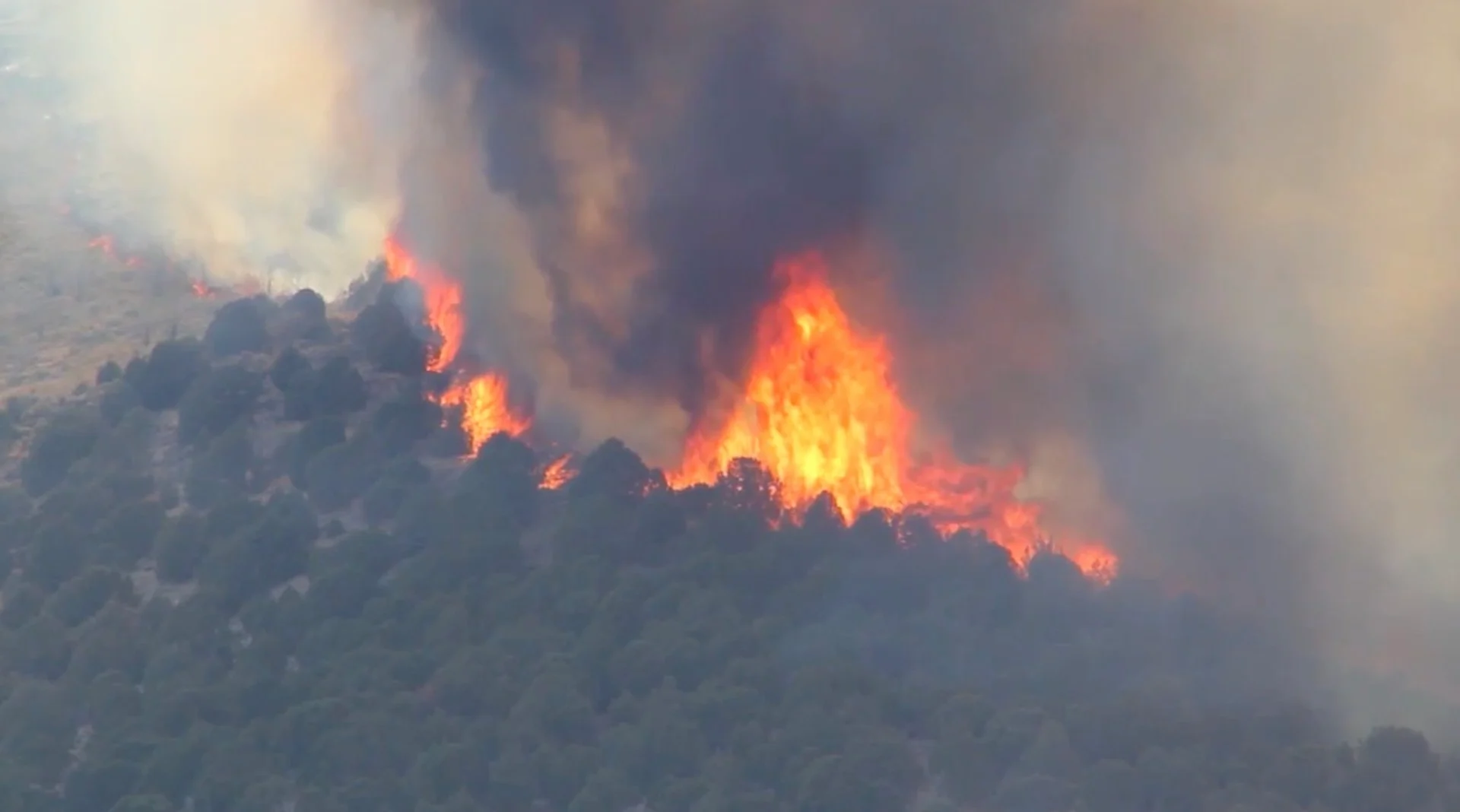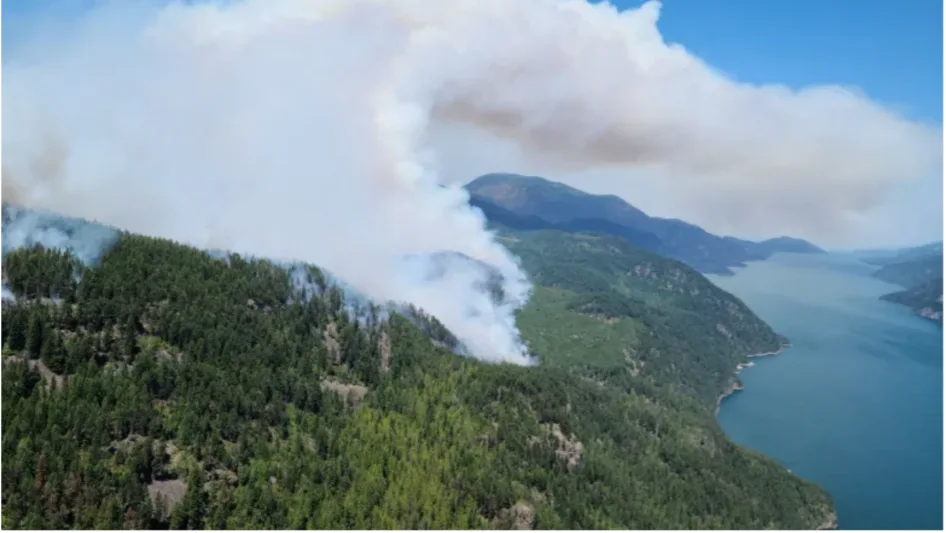
How AI may be a game changer in fighting wildfires before they start
Fire departments rely on the human eye or airplane flyovers to look for wildfires in hot zones. But AI could spot potential trouble before a fire even starts.
There has been a provincial state of emergency in British Columbia in three out of the last five years. Each year, hundreds of wildfires burn across the province and thousands of personnel are brought on to fight these flames.
Homes are lost, buildings are destroyed, and tragically in the fire that ravished the town of Lytton, two lives were lost. But what if there was a way to stop these wildfires before they even started?
SEE ALSO: Wildfire smoke blankets skies from British Columbia to North Carolina_
“Six years ago I was asked to speak in front of the United Nations about artificial intelligence. I was warned that most of the world leaders thought that machines were going to rise up and take over the world, so no pressure. I gave a little more of an optimistic talk. I talked a bit about what AI is but I also wanted to share how it can be used for public service, like with natural disasters,” Neil Sahota, the United Nations (UN) lead artificial intelligence advisor, told The Weather Network.
For Sahota, finding a way to use AI to battle wildfires hit close to home, very close since he lives in California. Over the last few years, he has been using resources like drones, cameras, and satellites to try and pinpoint fire hot zones.

(Videoblocks)
“We know that fires need three things to start: Fuel, oxygen and energy. Oxygen is everywhere so we can look for potential fuel sources, first and foremost. We look at climate information, heat, humidity, or lack thereof, lighting strikes, and winds. Then we can figure out the hot spots for wildfires,” says Sahota.
Currently, fire departments rely on the human eye or airplane flyovers to look for wildfires in hot zones. But Sahota believes with this technology, they can try and stop the fires from starting in the first place.
“If we figure out where they are most likely to occur we can take steps like cleaning out the back brush, irrigating the area, and putting fire suppressant chemicals in place. That would stop the fire from growing in the first place or at least slow down their growth.”
AI OFFERS ADVANTAGES
AI technology offers several advantages. For one, machines can see a lot better than the human eye.
“Their resolution is at a pixel level so they can spot minutia. There are satellites in orbit right now that can spot a fly on a moving steering wheel. Another advantage is that they see everything in real time and it is very good with large volumes of data,” adds Sahota.
There are places in the United States that are already using AI for early detection. For example, in Sonoma, Calif., it has partnered with a system called AlertWildfire after the 2017 Tubbs fire devastated the area.
“Three major wildfires broke out simultaneously, and in a very short period of time, they swept through a low density population area and then moved to one of our urban centres in the city of Santa Rosa. In just one night we lost over 6,000 structures and 22 lives,” Samuel Wallis, the community alert and warning manager for Sonoma County Department of Emergency Management tells the Weather Network.

(BC Wildfire Service)
After that fire, they worked with AlertWildfire to put up cameras in their region. There are currently more than 800 AlertWildfire cameras across the U.S. They scan and photograph areas that are prone to wildfires. They are constantly updating pictures, and if anything looks out of place, for example smoke in the area, they will notify a dispatcher.
“The system has been invaluable. Once we had an incident where somebody called in and our dispatchers were able to get on the camera and see where the fire was. The fire chief was able to get his crew out there and keep the fire to an acre. It could become hundreds of acres if it hadn’t been quickly dealt with,” says Wallis.
However, he adds there is still a lot of work to be done. When they launched the cameras earlier this year, they ran into issues with the AI system, confusing farmers burning their fields with wildfires. So they are working on ways to teach the cameras the difference between the different types of smoke.
Sohota adds that detection is still in the research stage.
“There are so many perversions of fire and smoke. So trying to detect that and all these different climate elements, it’s a lot of things to piece together. We take a lot of things for granted as people because we can subconsciously connect some of these dots. We still have to teach the AI to do that. We have to bring these things to consciousness so the AI actually knows what to factor in.”
But Sohota believes in the next two years, AI technology will be a go-to when it comes to combating wildfires.
Thumbnail courtesy of Videoblocks.











